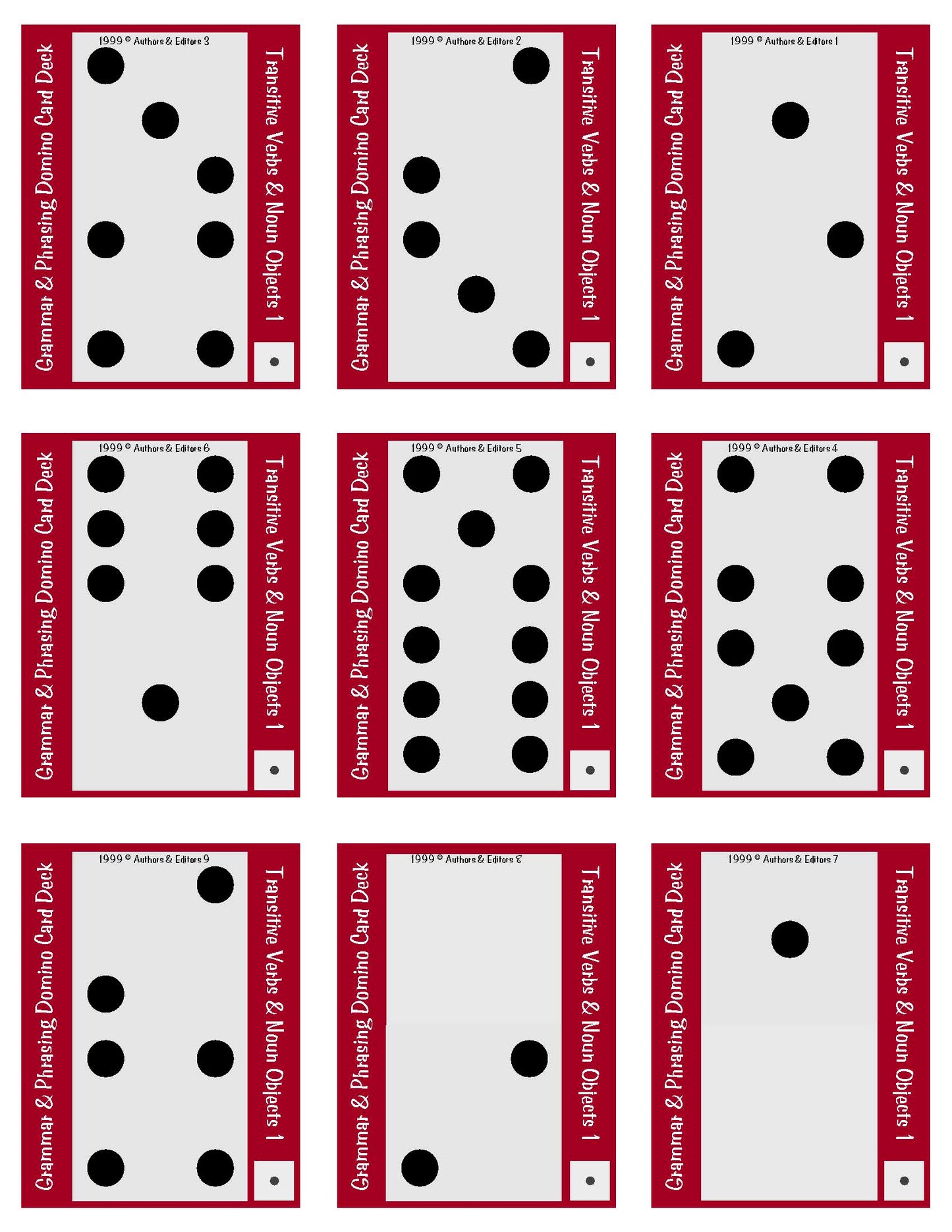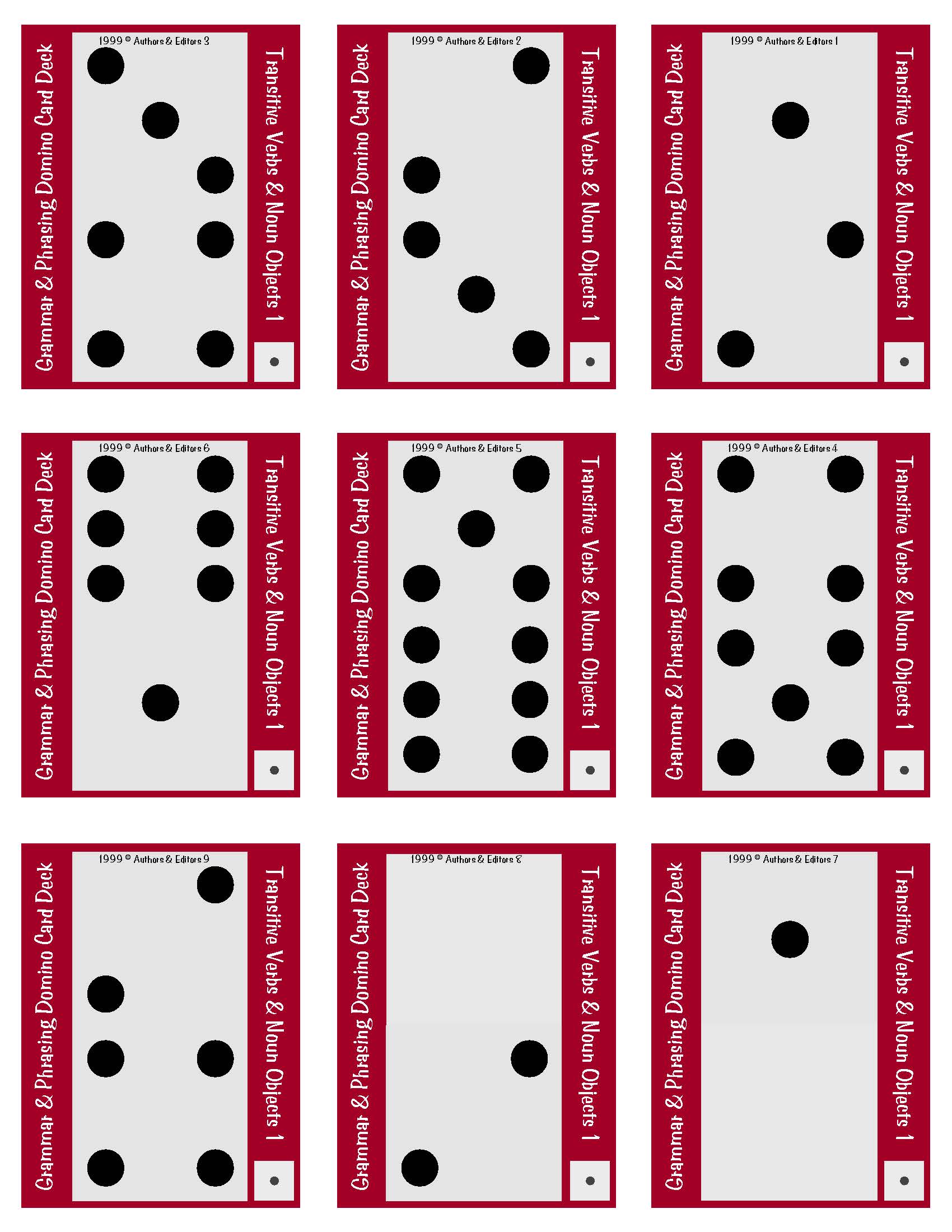1
/
of
1
Work/Life English
C-10b Phrasing of Verb Phrases (six 28-Card Decks)
C-10b Phrasing of Verb Phrases (six 28-Card Decks)
Regular price
$5.00 USD
Regular price
Sale price
$5.00 USD
Unit price
/
per
Create 168 Verb Phrases With
Two-Part, Two-Sided Domino Card-Decks 1-6
38 pages
Who It’s For: (Teachers & Helpers of) High Beginning Through Intermediate Language Learners Motivated by Vocabulary Manipulation
Why It’s Useful: Lessons on “Base Verbs” (forms without endings) lend themselves to instruction in phrasing—especially of the Noun Objects (like a bus, time, money, a prize, a game) that specific Transitive Verbs ( such as miss, take, spend, earn, win) take. (Common adjectives, adverbs, and preposition phrases that follow Intransitive Verbs may addressed separately.) And as usual, it’s fun and productive to teach/learn vocabulary with materials like Word Cards, which can be handled (touched and moved around)—especially sets that “have right answers” when they “come out even.”
What You’ll Do:
[1] Download the 38 pages of the Transitive Verbs with Noun Objects Domino Cards. Print them out back to back, with nine verb phrases printed in two directions on their faces + nine color-coded “Dominoes” on their other sides. Notice that pages 37-38 of the file contains only six cards of different colors, intended to “complete” the six Decks 1-6 A B C D E F (identifiable by numbers + symbols in the lower right corner).
[2] Evenly, cut apart the nine cards on each two-sided page. (The last page has only six.) According to their color coding, collate them into six sets of 28 Verb Phrases each.
[3] As directed in the Transitive Verbs + Noun Objects Activity & Idea Book, use the cards for grammar-vocabulary lessons, making sure participants get the point—that many transitive verbs in English “take” only certain noun objects but not others. Even so, many nouns can function as objects of more than one or many verb.
[4] Note that the 28 cards of each of deck are designed to be arranged in a closed circle because the last item “matches” the first (i.e., its verb can take that object—or its noun can follow that verb). Follow instructions for Domino-Card Games.
[5] To take maximum advantage of the materials, invent your own (even better) procedures and rules. Can you (or your students) create card decks of similar design with other verb vocabulary (even if they don’t fit together in a circle at the end)?
Couldn't load pickup availability


